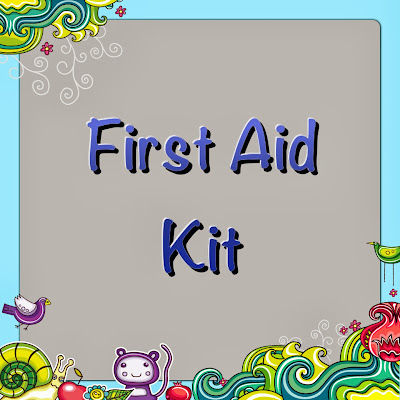During our first dentist appointment we talked about how to
take care of our teeth at home. The following
are ideas that you can use at home as a preventative measure or a learning
experience when it comes to your child’s teeth:
- Talk to your child about his/her anxiety and emotional needs. By talking to them you are ensuring that they
don’t need to scared of the dental appointment.
You can talk to them about what happens at the dentist office, how you
can be there to hold their hand (if needs be), how they help your teeth get
better and/or stronger, etc. Preparing
your child for the appointment is very important to avoid any surprises or delays.
- You can sign out books from the library or find coloring
pages that show what our teeth look like or what happens at the dental office
during their appointment. This is
another way to lighten the mood and prepare them for their appointment.
- Build a schedule by printing a simple checklist stating brushing
and rinsing in the morning, after a meal, and before going to bed. You can place this checklist on the corner of
the bathroom mirror that your child visits during the day. This is an excellent reminder tool and goes a
long way to ensure that the adults/child follow through with a teeth
cleaning/caring schedule.
- It is very important to discuss with the dentist, before any
procedures, about special needs (physically, emotionally or otherwise) concerning
your child.
Here are some suggestive guidelines for home care of your child's teeth:
(TIP: please assist your child if they are younger than 5 or if they require further assistance).
Brushing
-Brush 2-3 times per day
-It is recommended to use Circular motions on each tooth (approximately 2 minutes)
-The most important time for brushing is before going to bed. No fluids after brushing, except water.
-Buy an age appropriate tooth brush (manual/electric) for your child
Tooth paste
-Only use for children that can spit, otherwise use water only
-Choose a fluoride brand
-Remind child to not swallow toothpaste
-Use a small amount on toothbrush (size of a grain of rice)
Flossing
-Floss when teeth touch together
-Use a waxed floss (so it doesn't get caught in between teeth)
-Floss at bedtime (minimum)
Mouth wash
-ONLY use for kids that are able to spit or some companies claim it is for kids aged 6 or older.
-Use an ALCOHOL FREE version
Hope this info helps with taking care of your child's dental needs.
Annie
(Source: discussion with local dental hygienist)


















